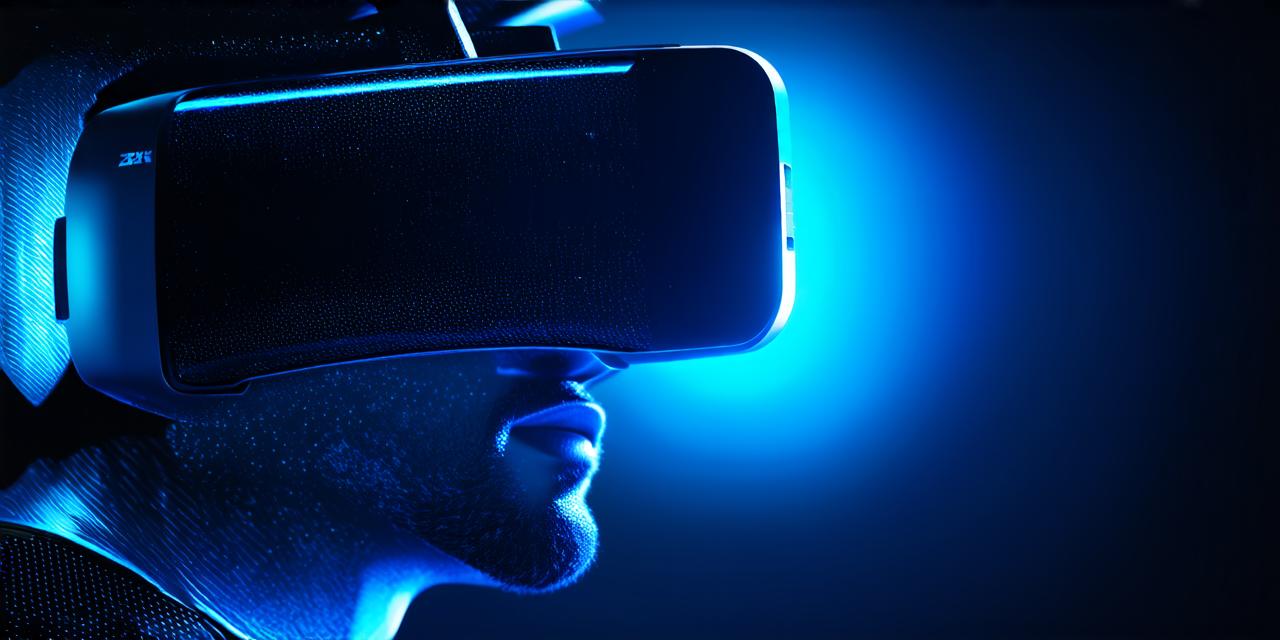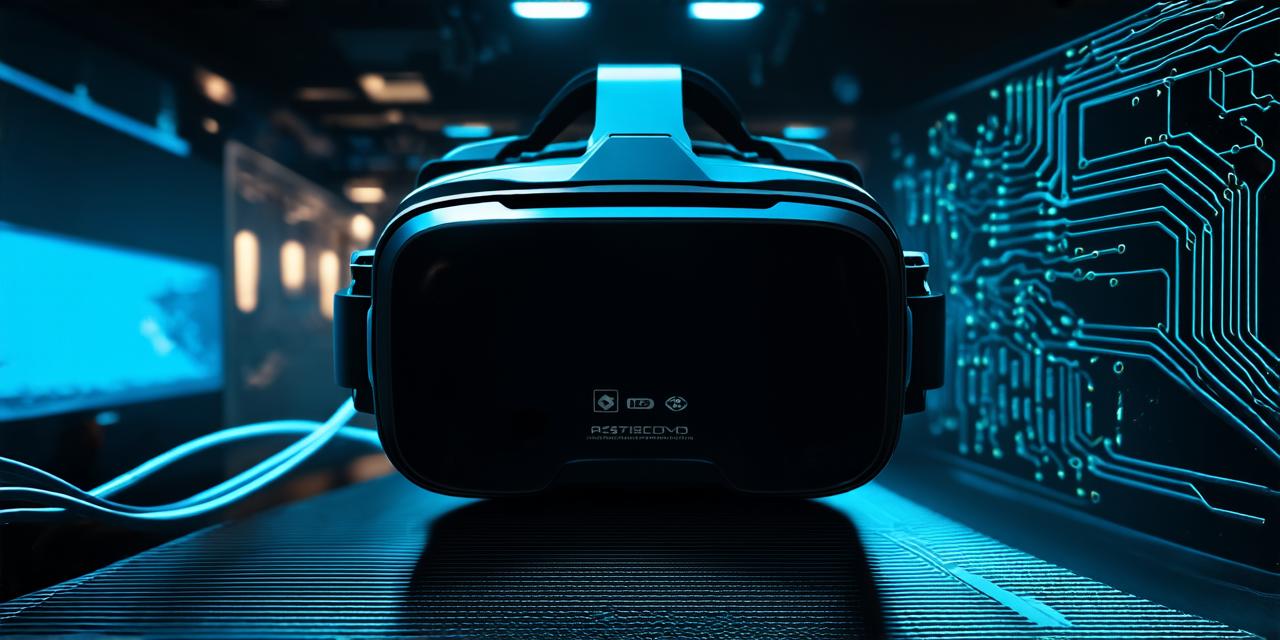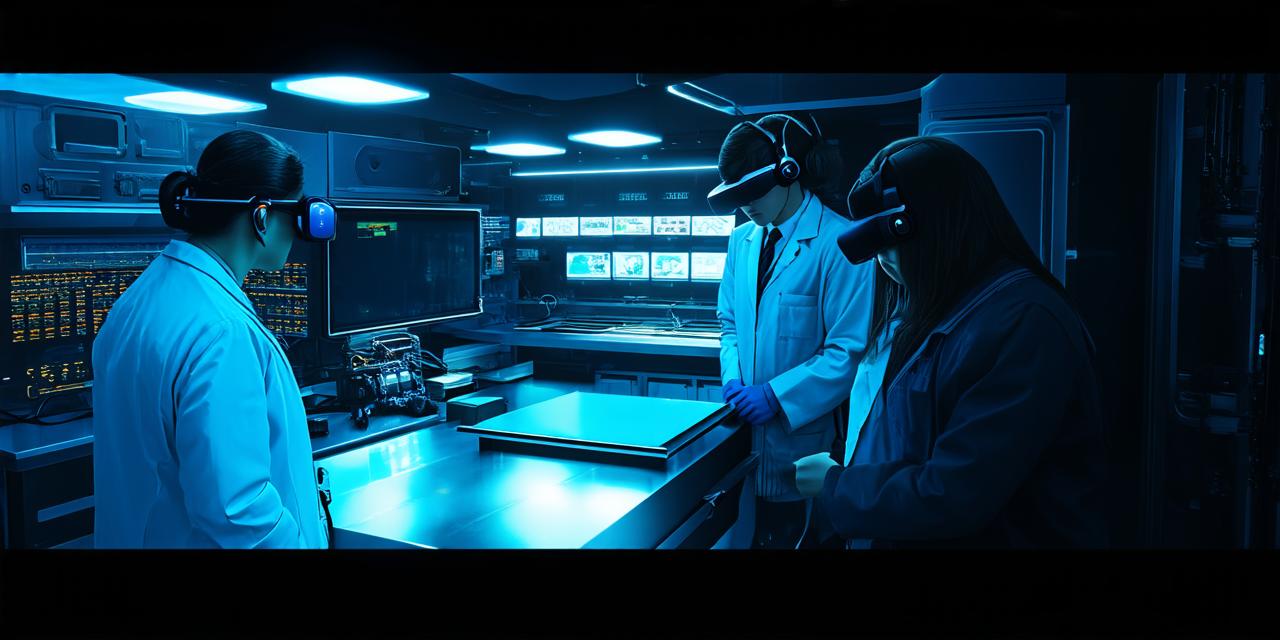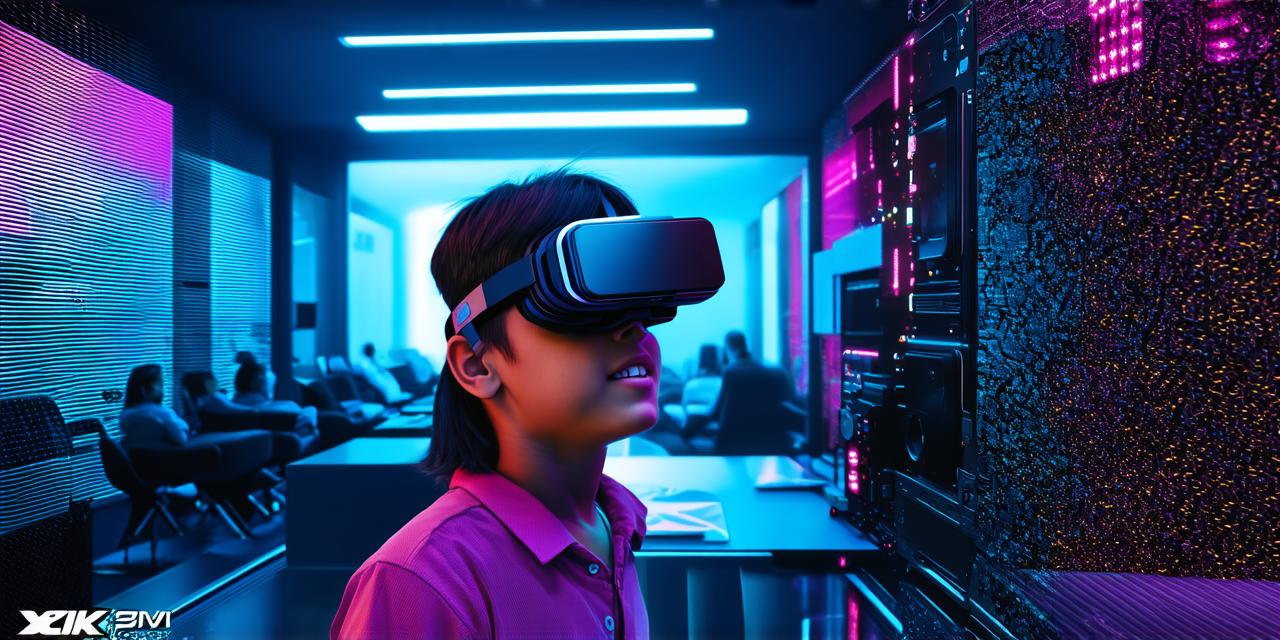Virtual Reality (VR) is a burgeoning technology that has already made significant strides in transforming various industries. VR allows users to immerse themselves in interactive, simulated environments that replicate real-world experiences or create entirely new ones.
Virtual Reality in Entertainment
One of the most well-known applications of VR is in entertainment. With VR, users can experience a fully immersive environment that allows them to interact with their favorite movies, games, and other forms of media. For instance, VR headsets such as the Oculus Rift enable users to step into the world of movies and TV shows, experiencing them as if they were really there.
Moreover, virtual reality is being used in the gaming industry to create new genres of games that were not possible with traditional consoles and computers. Games designed specifically for VR provide players with an unprecedented level of immersion, allowing them to feel like they are a part of the game world.
This has led to the development of innovative gaming experiences, such as flying over a city or exploring an underwater world.
Virtual Reality in Education
Another exciting application for virtual reality is in education. VR allows students to experience educational content in a more interactive and engaging way, leading to better learning outcomes.
For example, VR can be used to simulate real-world environments that are difficult or impossible to access in person, such as the surface of Mars or the depths of the ocean.
Moreover, virtual reality can also be used to help students with special needs or learning disabilities. Virtual reality therapy has been shown to be effective in treating anxiety and PTSD in veterans, as well as helping children with autism to develop social skills. By providing a more immersive and engaging experience, virtual reality can help students cope with their learning challenges in a healthier and more productive way.
Virtual Reality in Healthcare
Virtual reality is also being used in healthcare to provide patients with more immersive and engaging experiences. For example, VR can be used to simulate surgical procedures, allowing doctors to practice and perfect their techniques before performing the actual surgery.
This can lead to better outcomes for patients and reduce the risk of complications. In addition to surgical simulations, virtual reality is also being used in pain management.
Virtual reality therapy has been shown to be effective in reducing pain levels in patients with chronic conditions such as fibromyalgia and arthritis. By providing a more immersive and engaging experience, virtual reality can help patients cope with their pain in a healthier and more productive way.
Virtual Reality in the Workplace
Virtual reality is also being used in the workplace to improve training and simulation experiences. For example, VR can be used to simulate hazardous work environments, allowing employees to practice and perfect their safety procedures without risking their lives.
This can lead to better outcomes for both the employee and the company, as well as reducing costs associated with workplace accidents. In addition to training, virtual reality can also be used in customer service and sales.
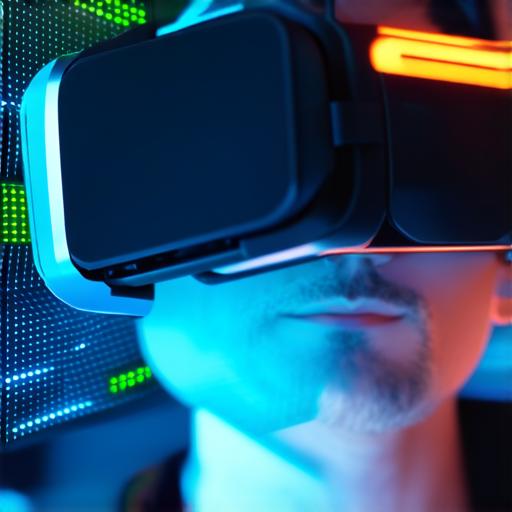
Virtual reality simulations allow companies to provide customers with a more immersive and engaging experience, leading to increased brand loyalty and higher sales. For instance, IKEA has created a virtual reality showroom that allows customers to see how furniture will look in their homes before making a purchase.
Summary
Virtual Reality (VR) is an evolving technology that will continue to transform various industries. In the future, we can expect virtual reality showrooms to become a common feature of retail spaces, providing customers with a more immersive shopping experience.
Moreover, virtual reality is also expected to play a major role in the development of autonomous vehicles and other advanced technologies. For example, virtual reality can be used to test and optimize self-driving car algorithms before deploying them on real roads.
As virtual reality continues to evolve, we can expect to see even more exciting applications that will change the way we experience and interact with the world around us.
